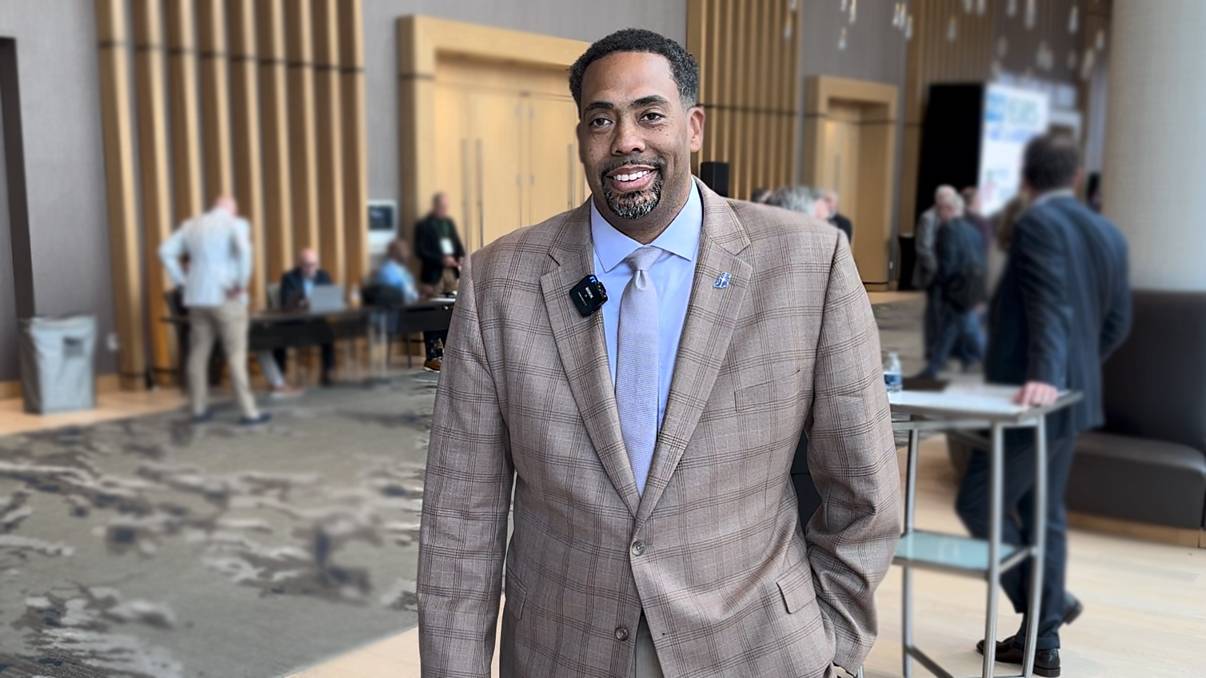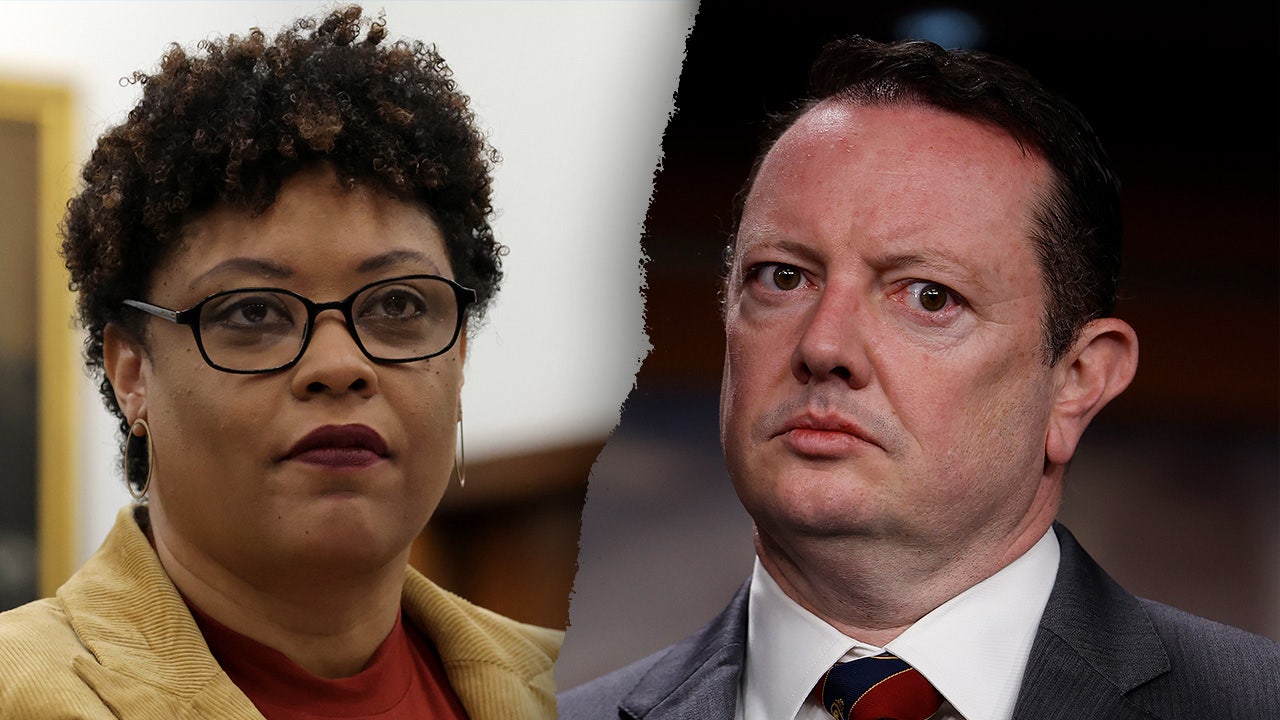Indiana
Indiana’s third grade retention bill could violate federal law on English learners, advocates say
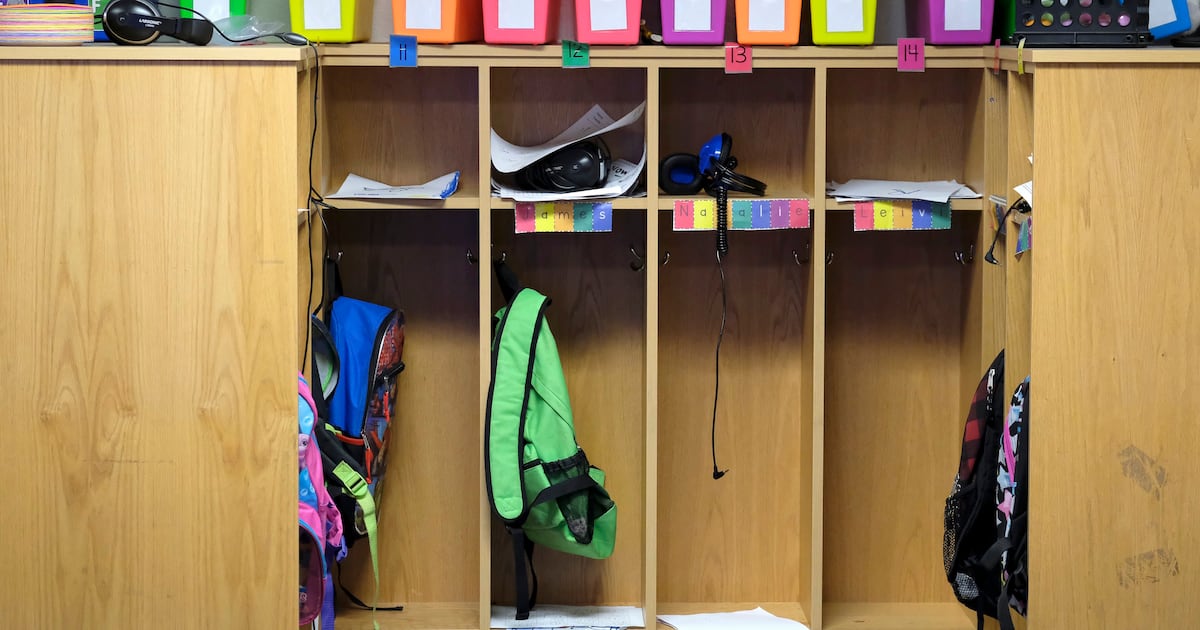
Sign up for Chalkbeat Indianaâs free daily newsletter to keep up with Indianapolis Public Schools, Marion Countyâs township districts, and statewide education news.
A bill that would hold back more third graders in Indiana has raised alarms among teachers of English language learners, who say the retention mandate ignores research on language acquisition, and could violate federal law.
Senate Bill 1 â a priority bill for GOP lawmakers this year â requires schools to remediate young students who donât demonstrate reading skills and retain most third graders who donât pass the state reading test, the IREAD3. Itâs part of a legislative effort to address the stateâs literacy scores, which have declined for more than a decade.
The bill has passed the Senate and is heading for a full vote in the House with support from the Indiana Department of Education.
The bill includes âgood causeâ exemptions to retention for several groups of students, including English learners who have received services for less than two years and whose teachers and parents agree that promotion is appropriate.
But advocates for English learners say that the exemption for this population doesnât align with what research says about how long it takes for students to learn a new language.
With a growing population of 93,000 English learners in Indiana, and a history of shortages of educators licensed to teach language learners, advocates worry that English learners will be denied an appropriate education if theyâre retained. The state also has an increasing number of immigrant students, some of whom will need language services.
Advocates also say the provision conflicts with the stateâs implementation of the Every Student Succeeds Act, which gives students six years to demonstrate proficiency in English before their schools face a penalty. Federal law also states that English learners should not be retained solely on the basis of their English language proficiency and that they are entitled to age-appropriate curriculum and participation in school programs.
State officials who support the bill, however, say it does not conflict with federal law or state rules.
Sen. Linda Rogers, the billâs co-author, said in a statement that the language conforms with federal guidance, and that the billâs authors âworked to ensure that was the case as the legislation was being written.â
Become a Chalkbeat sponsor
And the Indiana Department of Education said in a statement that federal guidance requires school districts to help students become English proficient and participate in regular classes âwithin a reasonable period of time.â
Per the bill, that reasonable amount of time is two years to make sure EL students arenât retained only because of âtheir lack of English proficiency and before they have been provided with meaningful opportunity and academic instruction,â the IDOE statement said.
But learning a new language can take anywhere from five to 14 years, said Patricia Morita-Mullaney, a professor of language and literacy at Purdue University and past president of the Indiana Teachers of English to Speakers of Other Languages, or INTESOL.
English learners who are retained under the provisions of Senate Bill 1 could sue the state for failing to meet federal requirements, Morita-Mullaney said.
âIndiana is setting itself up for an enormous class action lawsuit,â Morita-Mullaney said.
Meeting the needs of English learners
Historically, most of Indianaâs young English learners were U.S. citizens who had attended American schools since kindergarten, Morita-Mullaney said. A large percentage then could become eligible for retention in third grade, when they are in their fourth year of receiving English language services â an insufficient amount of time, she said.
The effect would be a penalty for the child, instead of the school as currently outlined by ESSA, she said.
Current Indiana law exempts English learners from retention.
In addition to concerns about violating federal law, holding students back based on their English proficiency has a negative impact on their content knowledge, said Donna Albrecht, a professor of ENL/ESL at Indiana University Southeast and a member of the advocacy team at INTESOL. Instead, teachers should be trained in methods that teach content and language at the same time.
âItâs not that they werenât taught to read; theyâre learning two languages. It takes more time,â Albrecht said. âBy the time they reach fourth and fifth grade, theyâre surpassing their monolingual peers.â
Become a Chalkbeat sponsor
Of the 2,819 English learner students who failed the IREAD-3 statewide in 2023, 1,922 received a good cause exemption from retention, while 897 did not. Most of the latter â 868 students â were promoted to fourth grade anyway. Such âsocial promotionâ has increased in Indiana schools over the last decade.
Retaining hundreds more students will affect both urban districts like Indianapolis Public Schools, which has a large population of English learners, as well as small, rural districts where these students make up a large share of the population, Morita-Mullaney said.
In both cases, schools will need to staff additional third grade classrooms with teachers who are prepared to teach English learners, Morita-Mullaney said. Indiana schools have struggled to find enough qualified teachers for English learners â another federal requirement.
âTheyâll move teachers to third grade, or theyâll bring in new people who have never been in high-stakes testing environments before,â Morita-Mullaney said.
Improving Senate Bill 1 for English learners
There are 93,625 English learners in all grades statewide in 2023-24, according to Indiana Department of Education data.
To improve the bill for English learners, INTESOL recommends changing the exemption language to reference scores on Indianaâs assessment for English learners â WIDA.
Under the organizationâs proposed language, students who score less than a 5.0 proficiency level on WIDA, the score needed to exit the English learner programs and join the general student body, would be eligible for an exemption if they fail IREAD3.
On average, students gain half a level of proficiency per year on the assessment, said Albrecht. But even students who gain a full level of proficiency each year may not be ready to pass the IREAD-3 in third grade if they started learning English in kindergarten.
Itâs not clear from available state data at what WIDA level students can typically pass the IREAD-3, Albrecht added. Comparing data has been challenging due to years of changes in state and federal testing, Morita-Mullaney said.
The state Department of Education said WIDA measures English language proficiency at grade level, as mandated by ESSA, while IREAD3 measures reading proficiency overall.
Become a Chalkbeat sponsor
Advocates pushed back on this interpretation saying WIDA focuses on all parts of language, but IREAD is designed to test reading for native speakers.
Bill author Rogers also said that retention would not conflict with Indianaâs ESSA plan.
âThe legislation highlights early identification of students that may not be reading proficient by the end of third grade. These students will be provided remediation and summer school aligned with the Science of Reading,â Rogersâ statement said. âThe goal is not to retain anyone that doesnât have a good cause exemption and ensure that âEvery Child Learns to Read.ââ
Previously, proponents said that retention will remain a last resort for students after they have more intervention and multiple attempts to pass the test. Still, retention is a necessary step in some cases, they said, giving students another year to develop literacy skills.
Both Rogers and Secretary of Education Katie Jenner have said they donât believe very many students will be retained after receiving increased intervention.
âThis is a crisis for our state right now and we have no time to waste,â Jenner said at a Wednesday meeting of the House Ways and Means Committee.
The bill is scheduled for a second reading in the House on Monday.
You can track Senate Bill 1 on the General Assembly website.
Aleksandra Appleton covers Indiana education policy and writes about K-12 schools across the state. Contact her at aappleton@chalkbeat.org.

Indiana
Nikki Haley's strong primary performance in Indiana likely has little effect on general election

While former President Donald Trump easily won Indiana’s Republican presidential primary last week, Nikki Haley garnered about 22 percent of the vote.
That’s despite the fact she dropped out of the race two months earlier, before Hoosiers started voting.
Still, University of Indianapolis Associate Professor of Political Scientist Laura Merrifield Wilson cautioned against reading too much into those results.
“There’s certainly that element that feels like a protest vote from Republicans who took the Republican primary ballot,” Wilson said. “But I’d also suspect that this could be, at least in part, a result of the crossover voting — Democrats who looked at the Democratic ballot and saw the race for Senate but otherwise no real incentive to necessarily vote in their primary and instead took the Republican ballot.”
Join the conversation and sign up for the Indiana Two-Way. Text “Indiana” to 765-275-1120. Your comments and questions in response to our weekly text help us find the answers you need on statewide issues and the election, including our project Civically, Indiana.
Haley did best in Indianapolis and its northern suburbs — areas where Democrats are hoping to capitalize in the fall in races further down the ballot.
“For the Democratic Party and certainly those Democratic candidates … it does provide maybe a sense of hope and opportunity that this isn’t necessarily diehard Trump country,” Wilson said.
Wilson said the primary results will have no effect on the presidential race in Indiana, where Trump is almost guaranteed to win easily.
Brandon is our Statehouse bureau chief. Contact him at bsmith@ipbs.org or follow him on Twitter at @brandonjsmith5.
Indiana
'Blow the whistle': Indiana's top election official spends $35k on security guide mailings • Indiana Capital Chronicle

You’ve got mail!
Hundreds of election administrators, lawmakers, law enforcement officers and others across Indiana — and beyond— slit open heavy white cardboard boxes this spring to uncover glossy election security guides from the state’s top election official, Secretary of State (SOS) Diego Morales.
“Blow the whistle on election interference,” the thick, spiral-bound books read. They’re accompanied by whistles strung on lanyards.
The 180-page document, per SOS spokeswoman Lindsey Eaton, is “a new addition to the library of election guides produced and distributed by the state for election administrators.”
Assembling and shipping 600 guides cost a whopping $35,070. That’s $58.45 each.
Each booklet cost about $45 to print, and each lanyard with whistle and card was about $1.45, according to Eaton. Packing and shipping cost approximately $12 per guide. SOS paid for the initiative with a 2023 State Homeland Security Grant.
“Secretary Morales firmly believes there’s no price tag when it comes to the safety of our election workers,” Eaton said in written responses to a Capital Chronicle inquiry. She highlighted Morales’ three months of visits to all of the state’s 92 counties and said he’d heard “safety concerns” from the election officials he met on the way.
Poll threats and harassment
Ahead of the 2022 midterm election, rural and urban election officials alike told the Capital Chronicle they’d heard negative comments but not threats and harassment.
But abuse appears to be on the rise.
In a national survey of more than 900 election officials released this month, 38% of the officials reported having experienced abuse, harassment or threats because of their election work. That was up from 30% in 2023, according to the left-leaning Brennan Center for Justice, which conducts the surveys.
Of the 16% who specifically said they’d been threatened — defined as expressions communicating an intention to harm or injure that imply imminent risk to a person’s well-being and safety — more than half said the threats were made in person. They also came in over the phone, email, social media, snail mail and more, according to the survey.
Seven in 10 respondents said they felt threats against election officials have increased since 2020, the same share as in 2023.

Indiana office-holders are paying attention.
State lawmakers approved legislation in March making it a Level 6 felony to threaten an election worker as well as to obstruct, interfere with, or injure an election worker. As for SOS?
“Leading up to the November General Election, (Morales) continues to place a major emphasis on keeping poll workers and election administrators safe,” Eaton wrote. “The election security guides and materials were designed to encourage threat awareness and informed election security and safety collaboration and response between election administrators and allied resources including state and federal emergency response agencies, local law enforcement, and local emergency response agencies.”
That’s why local law enforcement agencies, county emergency management offices, state and federal emergency management offices, were among the recipients.
In addition to county clerks and election administration offices, the office also sent guides to state lawmakers, Indiana’s congressional delegation, the U.S. Election Assistance Commission, members of the National Association of Secretary of States Election Committee and the Voting System Technical Oversight Program (VSTOP) at Ball State University. VSTOP tests all the election equipment used in Indiana.
What’s inside
The guide is a “compilation of materials from authoritative sources,” including the U.S. Department of Homeland Security’s Cybersecurity and Infrastructure Security Agency, four state agencies, a county election board and the Committee for Safe and Secure Elections. Law enforcement and election officials created the latter in 2022 to address violence against election workers and voters.
Just below its list of sources and acknowledgements, however, the guide warns readers the information inside may not be correct.
“This publication is a collection of materials from cited sources. It is presented for education and illustrative purposes and is not intended to be relied on as a legal resource, definitive guidance or administrative directive,” it says. “The State of Indiana does not warrant, and assumes no liability that the information contained herein is complete, up to date, correct, or applicable in any particular situation or circumstance.”
Need to get in touch?
Have a news tip?
“Election administrators, election workers, and persons responsible for safe, secure, and reliable elections are advised to consult with their own legal, security, and public safety advisers about specific situations and actions,” it continues.
The document, which has 18 sections, takes on polling place security plans, election infrastructure security, election worker attacks, suspicious election mail, doxing, swatting, artificial intelligence, photo identification and more.
“The focus of the program is on election worker and voter safety, election security, and state election administration as a component of ‘National Critical Infrastructure,’” Eaton said. “The guide and materials are part of the Secretary of State’s multi-dimensional 2024 program for election safety and security which also includes production of audio-visual training materials, regional training and collaboration seminars, and production and hosting of web accessible election security information.”
It’s not public, however. Eaton said it “has not yet” been published online. High printing costs mean there aren’t physical copies available for everyday residents “at this time,” she added.
SOS photocopied the first four pages of the guide, embedded below, in response to the Capital Chronicle’s inquiry.
2024 Blow the Whistle on Election Interference introduction 5-8-24
GET THE MORNING HEADLINES DELIVERED TO YOUR INBOX
Indiana
This Indiana Fever rebuild is a process. WNBA’s best showed it won’t happen overnight.
INDIANAPOLIS — The Indiana Fever are two games into the season, and they already know they have a lot to figure out.
In the first two games of one of the most anticipated seasons in history, the Fever lost by 21 on the road to the Connecticut Sun, then returned home to the wrong side of a 36-point drubbing, 102-66, against the New York Liberty on Thursday at a sold-out Gainbridge Fieldhouse.
“You don’t win a lot of games in this league when you only score 66 points, but also you don’t want a lot of games giving up 102,” said Indiana coach Christie Sides. “So we’ve got a lot to figure out.”
More: Fever are loaded with offensive talent. But they have to figure out how to use it.
To give the Fever some (if any) credit, they went up against two of the most experienced teams in the league. The Sun don’t have a rookie on their roster, and their core of DeWanna Bonner, Alyssa Thomas and Brionna Jones have been playing with each other for over four years.
In addition to Sabrina Ionescu, New York has Breanna Stewart, Courtney Vandersloot and Jonquel Jones — all of whom are seasoned veterans who joined the Liberty in 2023, appearing in the WNBA finals.
These players know what they’re doing. They have a connection that can only be forged with time — something the Fever don’t have any advantage in.
“Our communication just has to increase, especially when you’re playing teams that know each other like the back of their hand,” said Fever second-year center Aliyah Boston.
The Fever have two starters who are completely new to the team and system: Katie Lou Samuelson and Caitlin Clark. Samuelson, a five-year veteran, came to Indiana after a year off because of pregnancy. Clark is coming to the Fever as the No. 1 pick, fresh off a Final Four season with Iowa.
With the Fever, there’s just not the same chemistry other, more-veteran teams, will have. Still, some of it comes down to effort and communication.
“I think there’s quite a bit that we need to learn about each other and about ourselves,” Samuelson said following Thursday’s loss. “But if we can dig deep, and play as hard as we can, as tough as we can for 40 minutes, we can probably make up for some of that. But we have lapses where things just escalate, and you can see this kind of dip.
“So it really comes down to just playing with a lot more energy, playing harder, communicating louder, little things that we shouldn’t be saying in this press conference right now, but that’s really the stuff we need to take care of.”
It takes time to get a team working together as well as the Sun and the Liberty. But, Sides said, the Fever are also missing some things that have nothing to do with how long a team has been together.
“It’s a process, but there’s a level when it just gets too much, when people are just continuing to punch you,” Sides said. “We’ve got to figure out how to stop them and give it right back to them. And we’re just not matching that.
“We’ve just got to get an attitude a little bit when people score on us,” she added. “You just can’t let it be so easy to just let them do what they want to do on us. It all goes back to just having a little bit of fight, passion, toughness.”
The Fever’s schedule isn’t doing them any favors. They start the season with two games each against the Sun, who reached the playoff semifinals last season, and finals runner-up Liberty. Five of their first seven games are on the road, and they play all seven within a 12-day stretch.
It’s challenging, no doubt, but it’s also not an option. The Fever are going to have to work through this gauntlet of a schedule, both travel- and competition-wise.
“You just have to do what you have to do to recover, and take the time when you get it,” Boston said. “We don’t really have that many days of a break in between games, and so we just have to be ready and recover.”
The reality of the situation is the Fever are 0-2, and their 57-point deficit through two games are the most to begin the season in league history (per ESPN Stats). Drafting Clark will be a franchise-changing move for the Fever, but they weren’t going to come out and beat some of the best teams in the league out of the gate.
A’ja Wilson was the Las Vegas Aces’ second-straight No. 1 draft pick in 2018, following Kelsey Plum. That 2018 Aces team went 14-20 and missed the playoffs, getting the top pick for the third straight draft. Now, Las Vegas are the back-to-back champions and Wilson has won two MVP titles.
If history is any indication, Clark and the Fever are going to be fine. They’re going to be good, or even great. But building chemistry doesn’t happen overnight, and success isn’t instant.
Follow IndyStar Fever Insider Chloe Peterson on X at @chloepterson67.
-

 Politics1 week ago
Politics1 week ago'You need to stop': Gov. Noem lashes out during heated interview over book anecdote about killing dog
-

 Politics1 week ago
Politics1 week agoRFK Jr said a worm ate part of his brain and died in his head
-

 World1 week ago
World1 week agoPentagon chief confirms US pause on weapons shipment to Israel
-
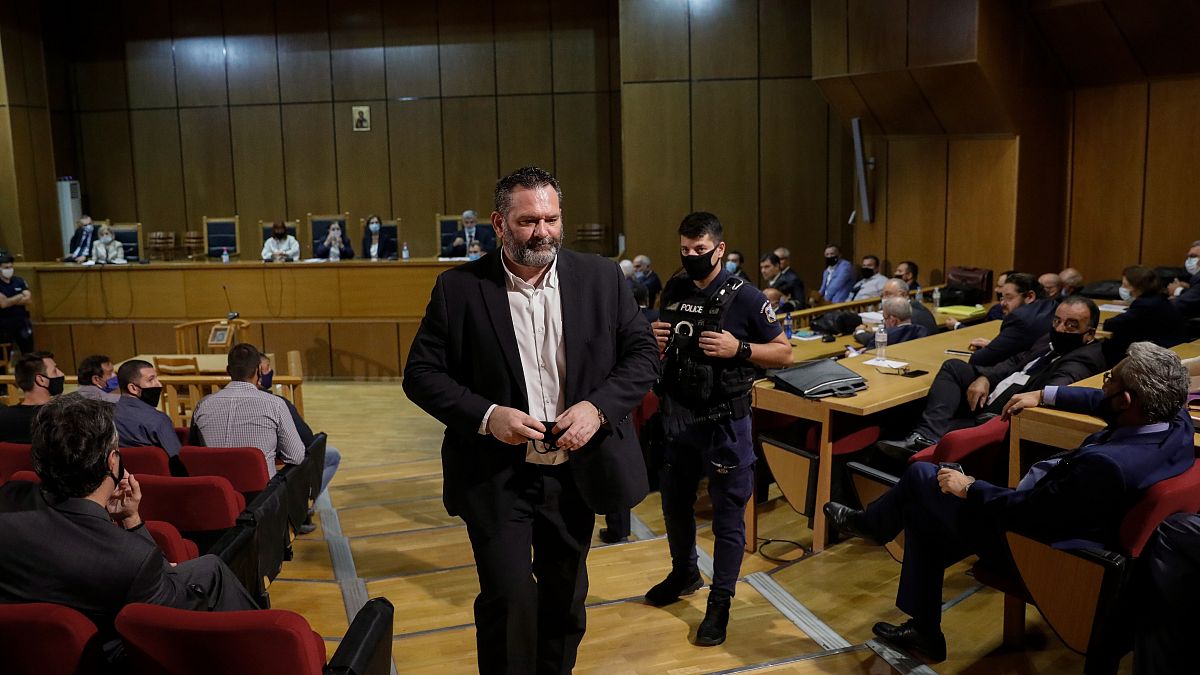
 World1 week ago
World1 week agoConvicted MEP's expense claims must be published: EU court
-

 Politics1 week ago
Politics1 week agoCalifornia Gov Gavin Newsom roasted over video promoting state's ‘record’ tourism: ‘Smoke and mirrors’
-

 News1 week ago
News1 week agoStudents and civil rights groups blast police response to campus protests
-
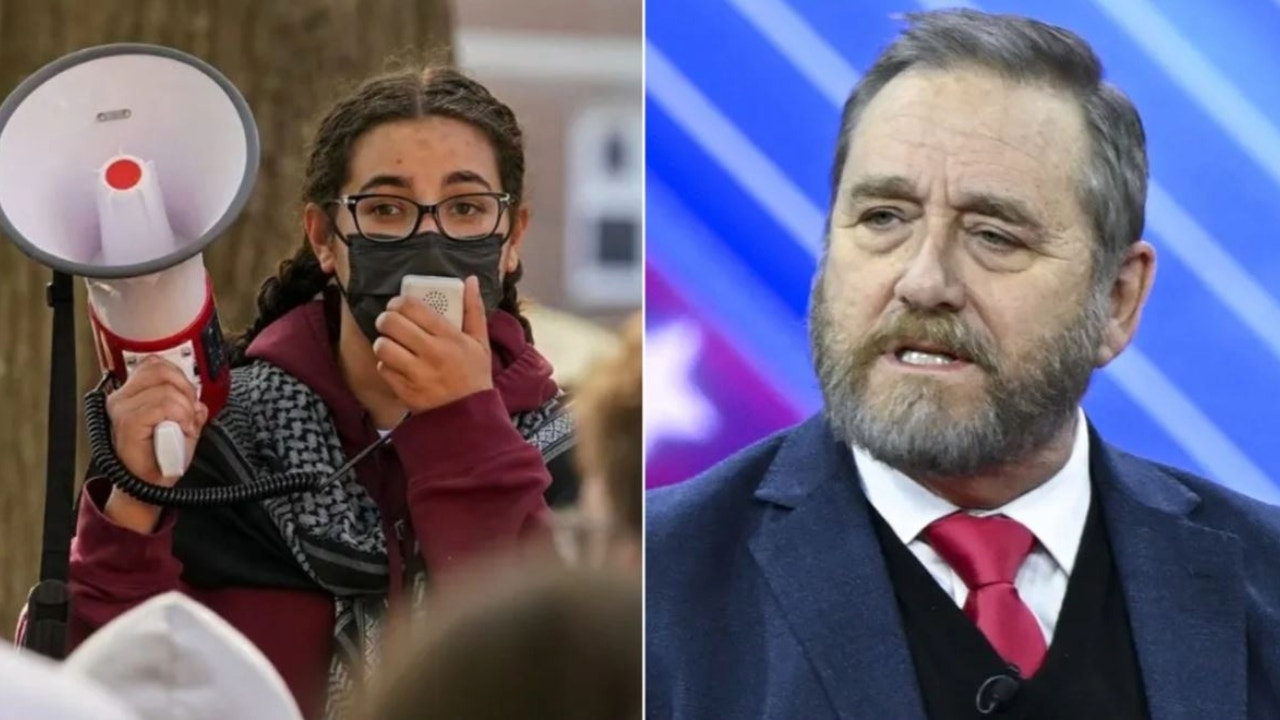
 Politics1 week ago
Politics1 week agoOhio AG defends letter warning 'woke' masked anti-Israel protesters they face prison time: 'We have a society'
-
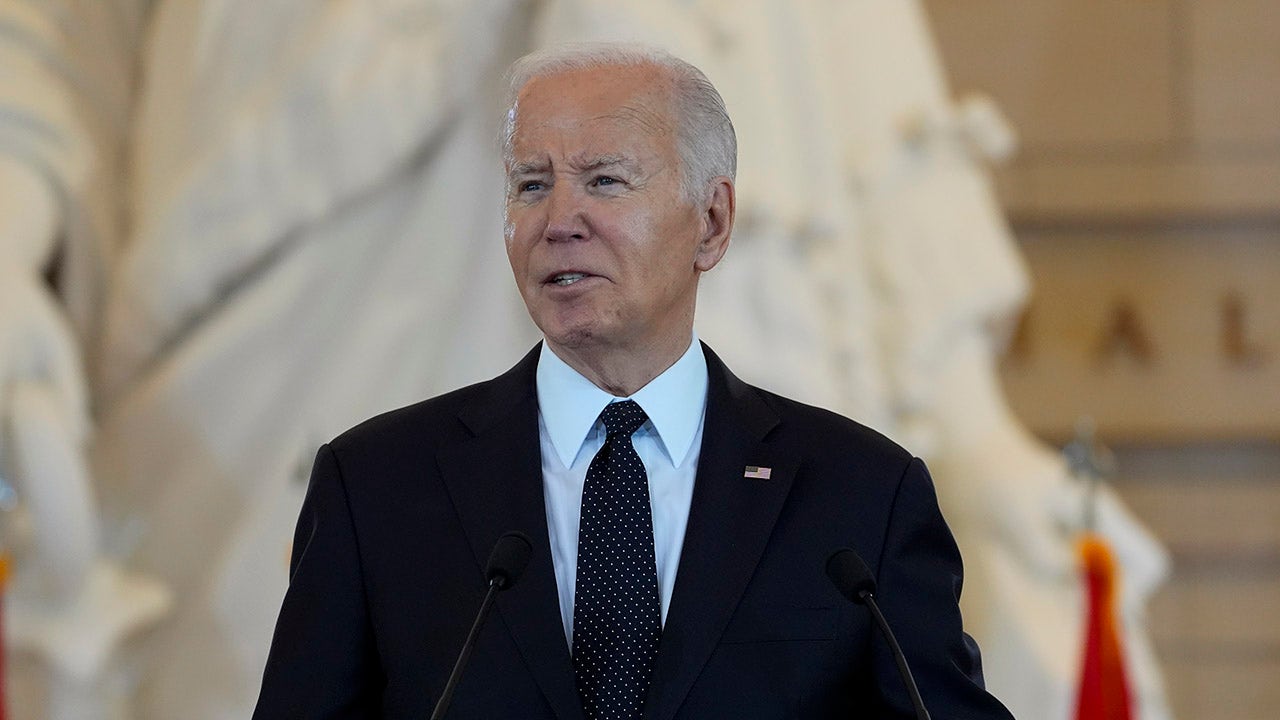
 Politics1 week ago
Politics1 week agoBiden’s decision to pull Israel weapons shipment kept quiet until after Holocaust remembrance address: report



